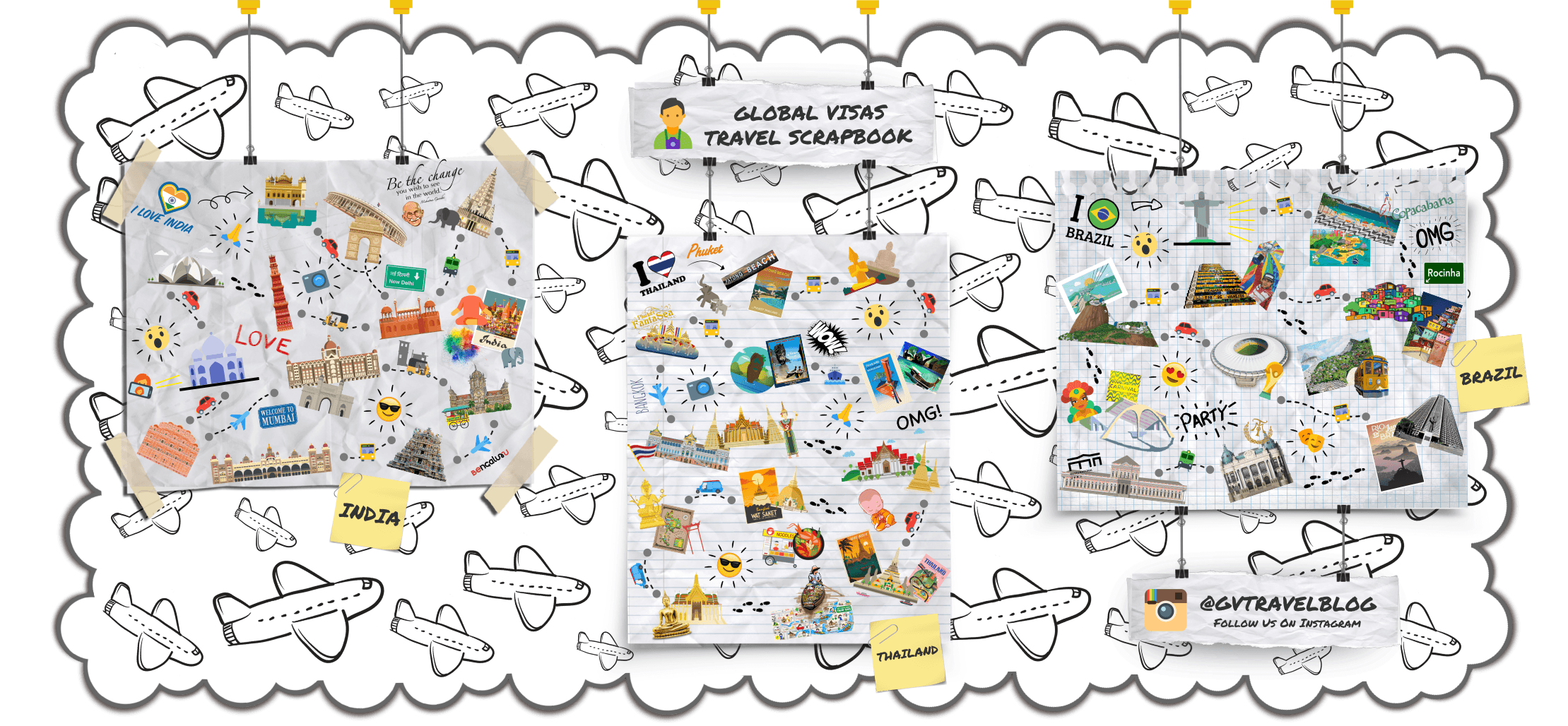EAT:
The UAE’s traditional cuisine is the Emirati and Eastern Arabian cuisine, however the country also offers a global cuisine. The more than 165 nationalities residing in the Emirates have made the country a destination which offers and caterers to all cuisines or religious compliant food for everyone.
Eastern Arabian cuisine:
Easter Arabian cuisine forms the major traditional food in the UAE. Emirati cuisine is sampled and widely marketed as the traditional food of the state. However, traditional Emirati cuisine is somewhat difficult to find due to the minority presence of Emiratis in their own country. Al Fanar restaurant is a famous and common Emirati-styled restaurant that was established to offer Emirati food and atmosphere for foreigners wishing to experience the country’s traditional food. Emirati food is commonly platters of fragrant rice topped with lamb, camel meat, chicken or fish that has been slow-roasted in a pit. If you have Emirati friends, being invited to their homes would generally be the best chance you have to sample the local cuisine. Arabic coffee, camel milk, and dates form the staple food of which the Emiratis have lived on for generations. Camel milk is widely available in supermarkets and is a common sight to see in an Emirati grocery store. There’s even flavors of chocolate, vanilla, and strawberry camel milk. Camel milk or Date flavored milkshakes are commonly found. Chocolate made of camel milk is also available. The UAE has established companies that use camel milk and camel meat as a major alternative to the regular chicken, lamb, and cow meat that are commonly available worldwide. Camel milk and camel meat is commonly available in the UAE and is a great chance for tourists and visitors to experience a new type of delicacy for an inexpensive price. Another famous Emirati dessert is Luguaimat (called Luqaimat in standard Arabic). The dessert is widely available and offered in almost all Emirati gatherings and is sold in a lot of restaurants and outlets as well. Ramadan is a great time to be invited to an Emirati house to experience a lot of their traditional foods.
Global cuisines:
Abu Dhabi and Dubai and, to a lesser extent, Sharjah, Ajman, Umm Al Quwain, Ras Al Khaimah, and Fujairah all offer a vast spread of food from most of the world’s major cuisines. By western standards most restaurants are quite affordable although it is easy to find extremely expensive food too. Most upper-end restaurants are located in hotels. South east Asian cuisine such as Indian and Pakistani restaurants are also widely available and can be found in every corner. Arabic cuisine such as Lebanese, Syrian and Jordanian cuisines are also available. Persian cuisine is proudly marketed around the country due to the proximity of Iran. Persian restaurants proudly present Persian atmosphere; both Islamic Persian design, Persian Empire-styled, and even Imperial Iran atmosphere with pictures of the Shah and Imperial Iranian flag adorning the restaurant depending on the Iranian owner’s fidelity. The Iranian Club in Dubai proudly caters to Iranians and is funded by the Iranian government and is run by the Iranian community in Dubai. If you have an Iranian friend its a great opportunity to be invited to experience the Persian cuisine in the Iranian Club. Since the UAE forms the home of major Middle Eastern, south east Asian, and western communities its safe to say that almost every cuisine exist around the country. South African, Nigerian, and Ethiopian restaurant are few but are still present. Chinese restaurants are also increasing in number due to the increasing Chinese community in the country. There’s even a famous North Korean restaurant in Dubai. All types of cuisines African, Chinese, Japanese, Korean, European, and American cuisines are all widely available. Finding a favorite restaurant chain should not be a problem. There’s also a lot of local chains and business start ups which offer different types of food which you may have not experienced. Pork is also available and is sold in supermarkets, albeit in a specifically designated location marked “For Non-Muslims”.
Restaurants:
Famous restaurant chains have also established branches in the country. Restaurants by the world’s most famous chefs such as Gordon Ramsey, Gary Rhodes, Guy Fieri, Nobuyuki Matsuhisa, and Salt Bae all operate restaurants around the country. In fact, some of the world famous chefs, such as Salt Bae, primary restaurant and base of operation is in Dubai such as Salt Bae’s Nusr-Et restaurant in Four Season Hotel in Jumeriah (Visited by Lionel Messi and Cristiano Ronaldo, among others). Other international food chains such as Cheesecake factory, Texas Fried Chicken, Red Lobster, PF Chang’s, Chili’s and many more all operate branches throughout the country. Fast food is also common, with many chains such as McDonald’s, KFC, Burger King, Popeye’s, Hardee’s, and Wendy’s are almost found everywhere. The major ice cream chain is Baskin Robbins, but other ice cream brands such as Cold Stone Creamery, Marbles Lab, Moishi, and Amorino are all available. Local branches of gelato and other desserts are also common. Pakistani and Indian restaurants are also very common. South Asian food in the UAE is more authentic than the food found in Europe or elsewhere due to the proximity of India and Pakistan to the Emirates. Indians, Pakistanis, Malayalis, Malabaris and Sri Lankans can be found everywhere and form the majority of the population in the Emirates. The UAE is a favorite destination for Keralites outside of Kerala, and proper authentic eastern Asian restaurants are found all over the Emirates.
Etiquette:
In public, general global and mostly western etiquette is required to be adhered. If you are invited to an Emirati’s house for food, it depends on how cultural the family is. You may be required to sit on the ground, eat with your hands, or share the same plate with everyone. It is not uncommon for Emiratis to present a feast in one big platter, and everyone sits around it and eats with their hands. The key thing to remember when doing so is to use only your right hand, as the left hand is traditionally reserved for handling dirty things. Being invited to break bread or share a platter with Emiratis is a considered a huge sign of respect and fondness. Young Emiratis are however, very understanding if you choose to have your own plate or eat with utensils, and some of Emiratis don’t even adhere to the traditional floor sitting and eating with hands style of cultural eating etiquette. A more modern etiquette is to sit on the ground with everyone having their own plate, spoon, fork, and knife while eating the food in front of you or politely asking someone next to you to serve the food away from you. Do not get up and attempt to move to the place where a certain type of food is put.
If you are invited to a Majlis (a traditional and common gathering commonly men-only or women-only), you will be presented with dates and Arabic coffee (called gahwa). The majlis is a big room or a tent with places to sit where people talk and converse. A person will rotate around the maljlis and offer you dates, dessert, or Arabic coffee. If you eat dates, remember to take them in odd numbers (1 or 3, etc..). Taking dates in even numbers is not a problem but its preferred to take them in odd numbers to adhere to the Arabic culture. If you are presented with Arabic coffee the person who rotates to pour the coffee will continue to pour you coffee until you shake the cup while presenting it to him. This signals that you do not want more coffee and he will take the cup from you. In a traditional setting, if you are entering a majlis you’ll be required to move to the chair closest to your right and shake hands with the person starting from there until you shake hands with everyone. If you’re sitting in a chair and someone is coming to greet you, you will be required to stand up and shake hands with that person before sitting down. If there is a Sheikh in the majlis, its customary to greet him first before going back and shaking hands with everyone else. Arabic men from the same tribe perform a nose kiss (also called Eskimo kiss). It may also be performed by very close friends. In an nontraditional majlis, its not customary to do any of that and simply going in and goofing around with your friends is totally fine.
If you are presented with food in an Emirati house, its customary to eat. Its considered disrespectful if you do not eat anything. If you’re full, eating small amounts is better than rejecting the food entirely. You will be presented with a lot of food if you visit an Emirati house for lunch or dinner, as Emiratis consider generosity a virtue and you’ll be disrespecting them if you don’t eat or touch any food they present you with.
Religious diets:
All food in the UAE is Halal. Kosher food is also increasingly available. Companies and restaurants such as Kosher Arabia and Eli’s Kosher Kitchen, which is supervised by Chief Rabbi of the UAE Rabbi Yehuda Sarna, are also available. Vegetarian restaurants are also widely available due to the major presence of Hindus in the country. Finding your local or favorite or religiously compliant cuisine should not be a problem in the Emirates.
DRINK:
Dubai has a burgeoning nightlife scene and even formerly straitlaced Abu Dhabi has loosened up and tried to catch up. Alcohol is available in alcohol stores, 5-star hotel restaurants and bars in all emirates except Sharjah, where you can only drink in your home or in an expat hangout called the Sharjah Wanderers. As a tourist, you are permitted to buy alcohol in bars and restaurants to drink there. If you are a resident, you’re supposed to have an alcohol license (never asked for in bars) which also allows you to buy alcohol at alcohol stores (they do check).
During Ramadan, no alcohol is served during daylight (fasting) hours. Dubai and Abu Dhabi permit bars to serve alcohol at night, but bands stop playing, background music is off or quiet, no dancing is allowed and nightclubs are usually closed. On certain holy days in the Islamic calendar, no alcohol is served publicly in any of the UAE.
Do not under any circumstance drink and drive in the UAE. If by chance you are in an accident, this becomes a card for going directly to jail — especially during Ramadan. Taxis and ride-share apps such as Uber are widely available if you have been drinking and are a much safer and wiser option given the insane driving habits in the region.









